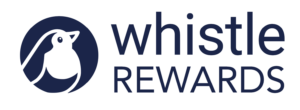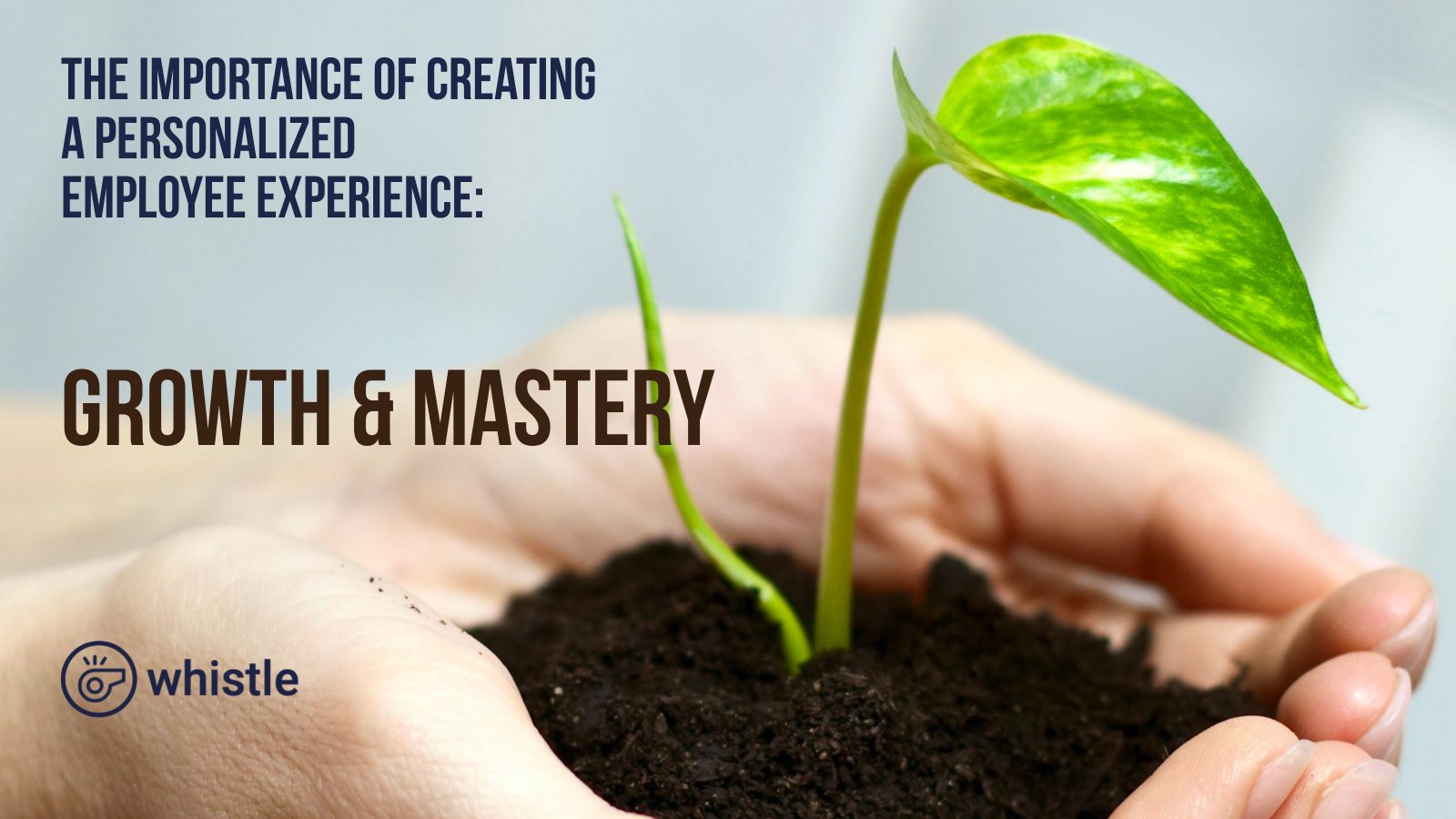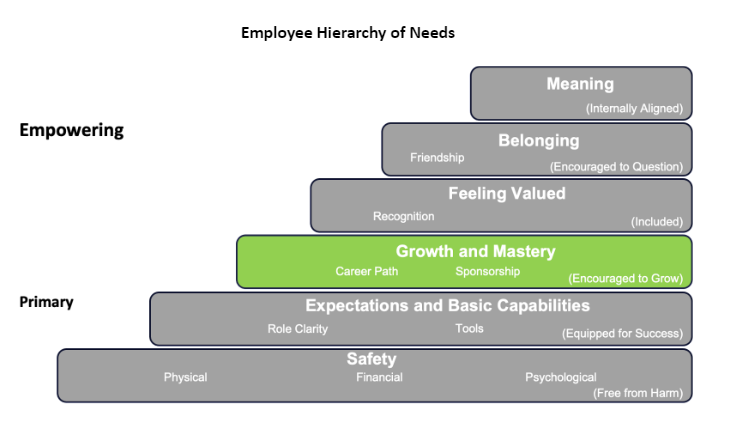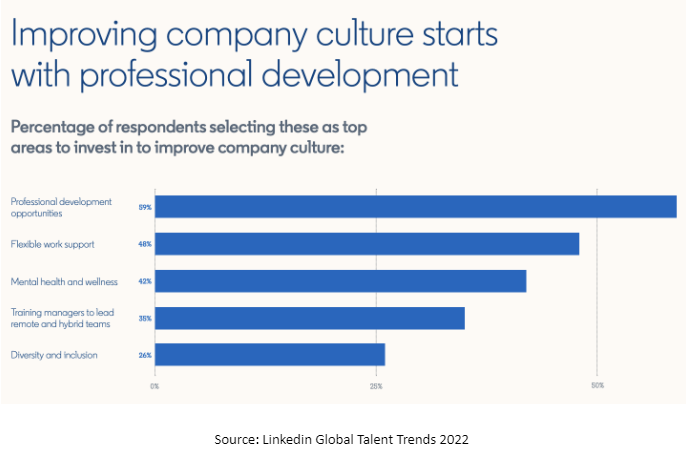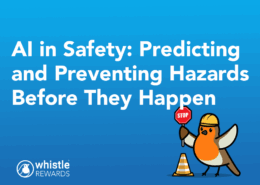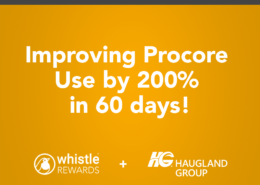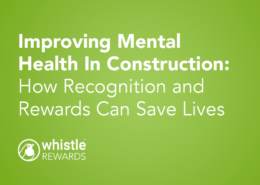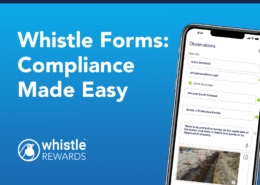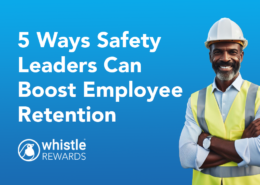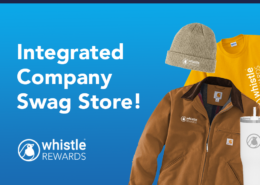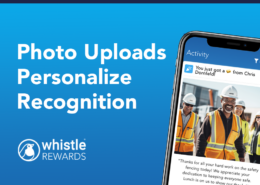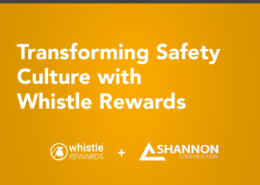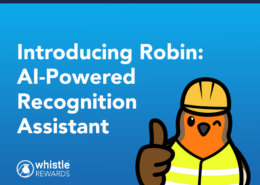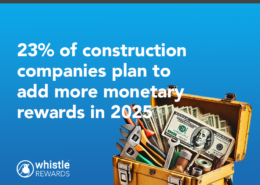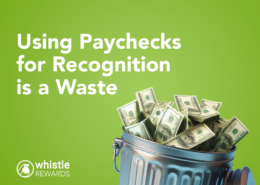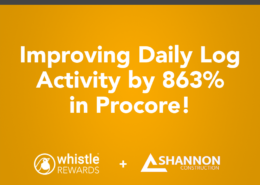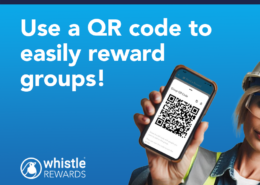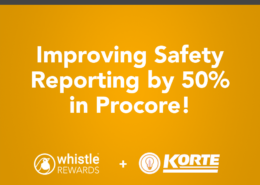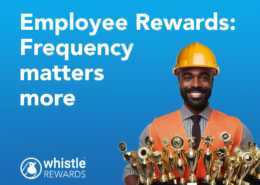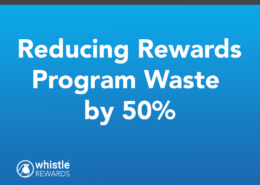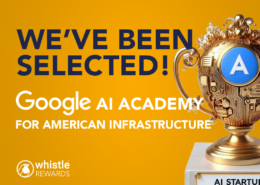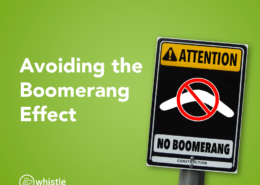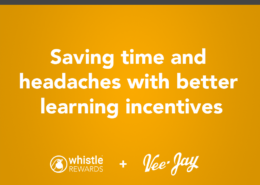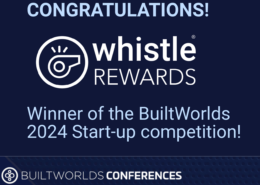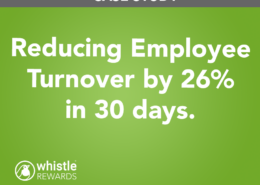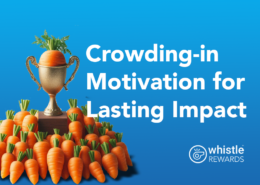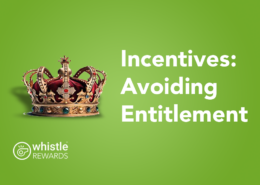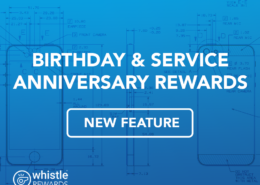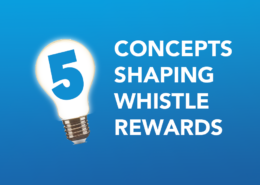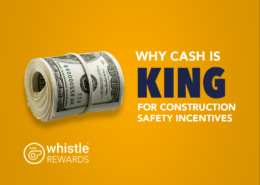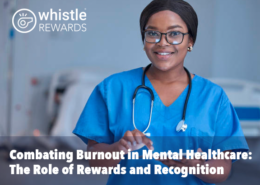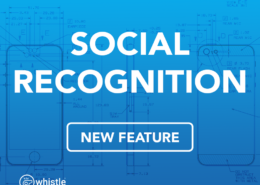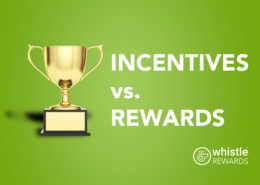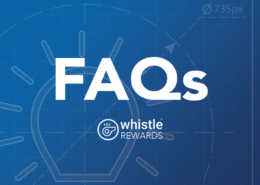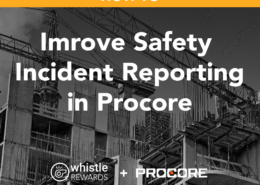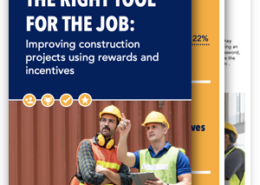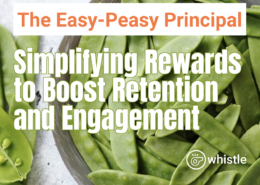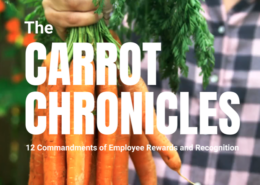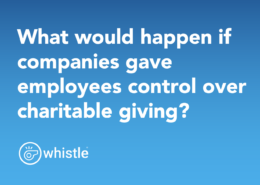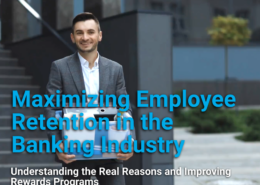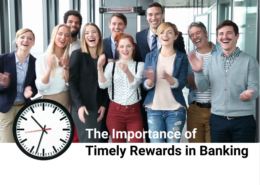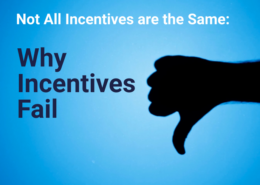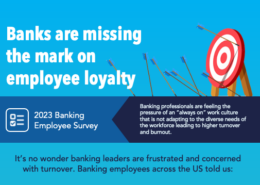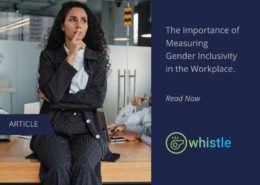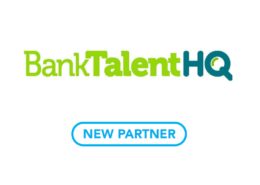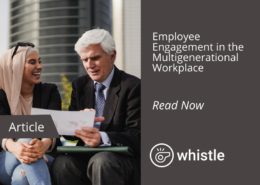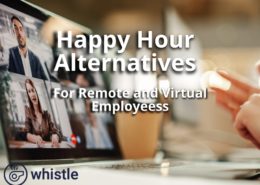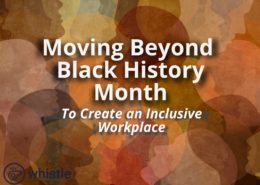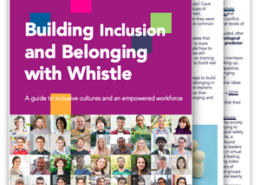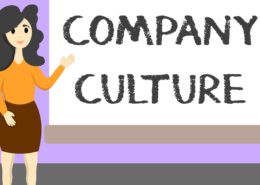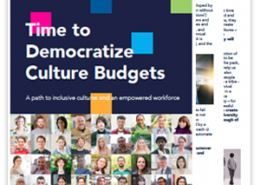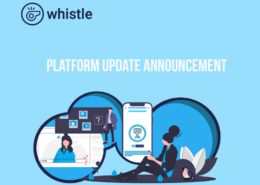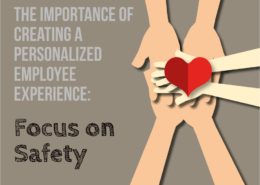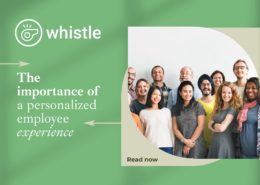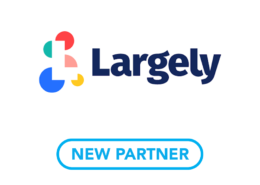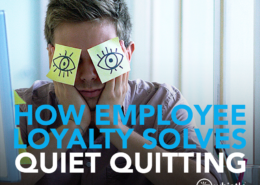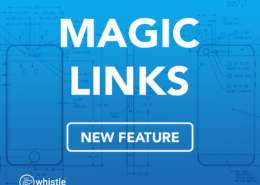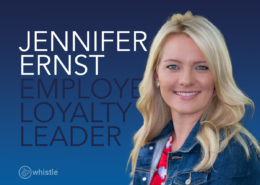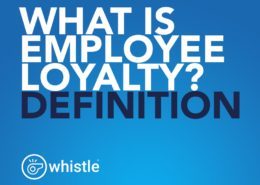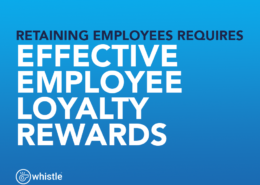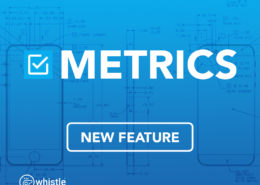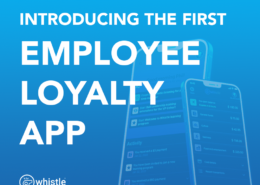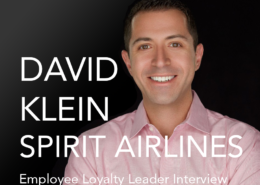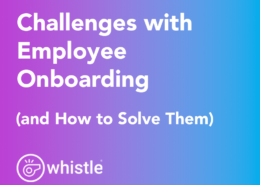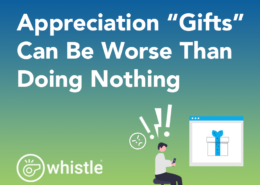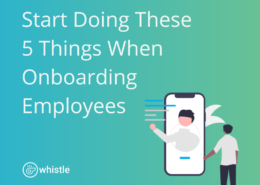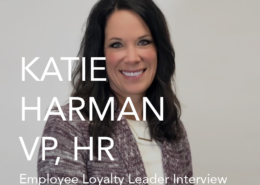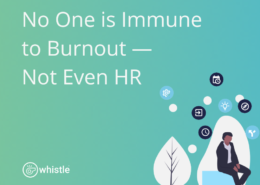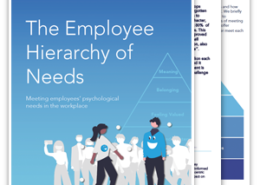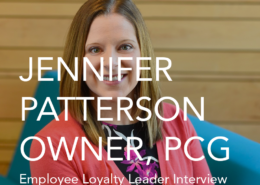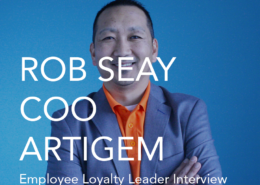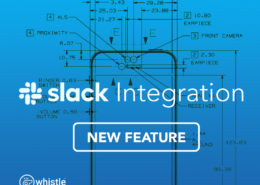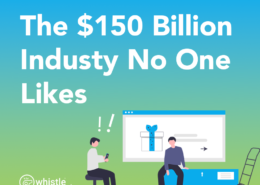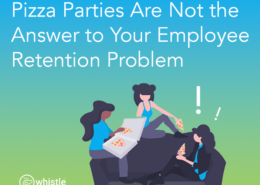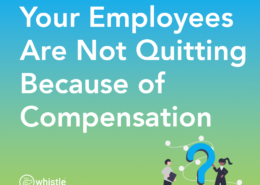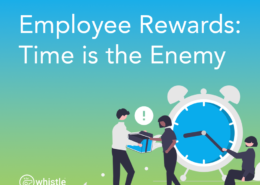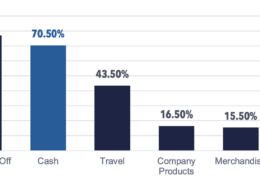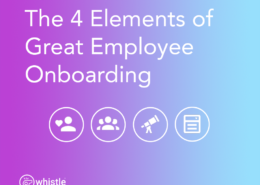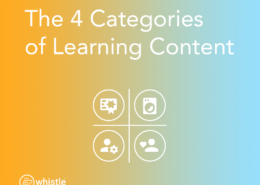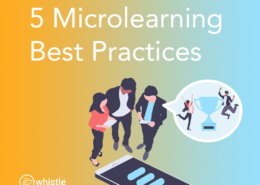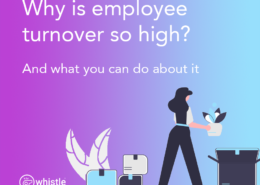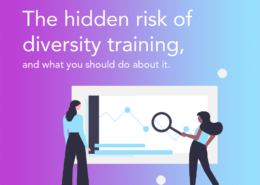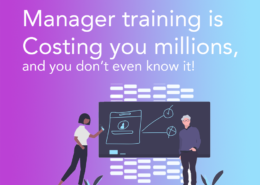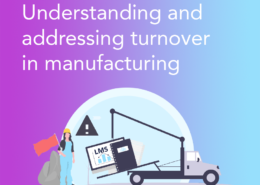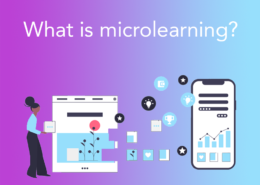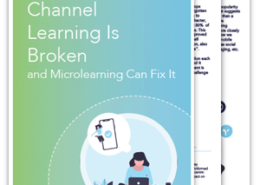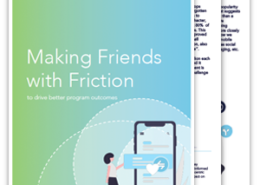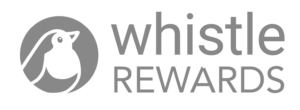Making Employee Retention Personal: Growth and Mastery
The critical success factors for HR in 2023 will be retaining the best employees and ensuring they are fully engaged in your company. Creating a positive company culture, however, is not easy or straightforward. For decades, employers have been struggling to retain and engage staff. Companies have adopted 401k plans, added ping pong tables to the office, offered unlimited vacation and dozens more approaches to make employees want to stay. And yet, retention rates have only declined. No one has been able to crack the code of employee engagement through these kinds of generalized programs.
The secret to a highly engaging culture lies in something that most companies are already doing, but for a different audience: personalization. Many companies are providing a personalized customer experience. The same approach and values apply to your employees. Each member of your organization has a unique personality, set of values, set of skills, passions, interests, and life outside of work. To remain competitive, companies must acknowledge the uniqueness of each employee and provide personalized engagement and retention solutions. This is what every person wants, whether an employee or a customer.
Developing a personalized employee experience can be done at scale. Whistle has broken down the employee experience, mirroring Maslow’s hierarchy of needs, into six levels of engagement, providing a tool to evaluate the various need states in your organization as well as specific programs to immediately improve engagement and retention by making it personal.
The critical element is to move authority and control from a few executive team members out to the front line. Front-line managers understand team members and their needs in ways executives cannot. While executives often have fantastic ideas and considerations, those ideas typically fail to resonate with everyone in the organization. The pizza party, for example, has become the pariah of employee engagement. It started a good-natured effort by executives to provide something fun and social for staff. Unfortunately, it’s become an example of what does not work. Some people have dietary restrictions. People who work the night shift get short changed. And even for those who can participate, a free piece of pizza no longer feels like a sufficient thank-you, given the added pressures of increasing workloads and expectations. There are many examples of top-down “culture programs” that do more to hurt staff relationships than help.
Front-line managers have (or should have) an understanding of the specific needs of team members and a sense of the proper timing required to address each need. These managers simply need better tools to operationalize this understanding.
Fortunately, Whistle now provides these tools. The hierarchy of needs breaks down the employee experience, mirroring Maslow’s hierarchy of needs, into six levels of engagement. The Whistle Employee Loyalty Index quickly and easily evaluates the various need states in your organization and provides insights and suggestions for immediately improving engagement and retention.
The previous two blog posts explored how to support employees in personalized ways with the primary needs of the hierarchy: “Safety” and “Expectations and basic capabilities”. This post discusses how to more effectively meet the unique needs each employee has for “Growth and Mastery”.
Elements of Growth and Mastery
Growth and mastery refer to employees’ opportunities to develop professionally and to experience the satisfaction that comes with continuous growth. A recent McKinsey research report identified that, during the pandemic, 41% of employees who quit a job did so because of a lack of career development and advancement. “There are a lot of people who are stagnant in their jobs,” said Bryan Hancock, a Partner at McKinsey and one of the co-authors of the report. “They don’t see the development opportunity through formal or informal programs, and they’re saying, ‘if I’m not growing, I’m going.’”
A LinkedIn study further supported this concept, noting that professional development was one of the most important aspects of improving culture.
1
https://www.mckinsey.com/capabilities/people-and-organizational-performance/our-insights/the-great-attrition-is-making-hiring-harder-are-you-searching-the-right-talent-pools
Clearly, organizations need to find new, more effective ways to help employees learn and grow. While company-wide training and learning programs are simple to execute at scale, research increasingly shows that they often do not move the needle on the actual changes they are meant to create. Internal training will always be a part of employee development, but it’s not the only – or even the most effective – way to help employees progress in knowledge and skills.
Measuring Growth and Mastery Within Your Organization
The Employee Loyalty Index identifies employees’ needs by location, department, tenure, etc., and pinpoints need states. Whistle can help pinpoint which needs are being met, and which need attention to engage and retain staff. These need states map directly into specific programs in the platform, providing tailored solutions for individual employees.
Growth and Mastery focus on learning, individual development, and effective mentoring. Maturity in this area can be described along these four levels of maturity:
- Level 1: Learning courses are available on-demand
1
https://hbr.org/2019/10/where-companies-go-wrong-with-learning-and-development
- Level 2: A general learning path is recommended within an LMS. Compliance and success are monitored by the company. Tools and training are available to help employees complete their basic tasks. Career paths are available for all employees to pursue on their own.
- Level 3: A personalized learning path is recommended. Employees are prompted to stay on track and are rewarded for growth. People are promoted based on past performance. Career development is focused on improving weaknesses.
- Level 4: Employees are proactively guided toward personalized career development plans based on prospective growth opportunities. They’re provided all associated tools and training with reporting and accountability measures. Supervisors are provided AI-guidance, improving efficiency and effectiveness of staff development.
Improving Growth and Mastery
One of the challenges of providing Level 4 growth and mastery in the past has been the logistical difficulty in providing customized development plans to each staff member.
Whistle was created to make this easy to do at scale. Employees differ from person to person- and within the same person across time – in how they need to grow and develop. When someone first enters a complex, matrixed company, they may spend time learning what the company does, how it’s organized, and how they can best contribute. Once they have this footing, they may shift focus to more traditional in-house job related training. They may also need to learn a new skill by taking an external course. Conferences allow them to make new connections and learn best practices. Before long, they want to take on greater leadership responsibilities, which requires a completely new area of learning. Because managers can tailor expectations and support for each employee, Whistle gives them maximum flexibility to support whatever the person needs, in the ideal format, and at the ideal time.
Some companies use Whistle to allocate “Growth Budgets” to team managers to support these diverse initiatives. Those managers then award Growth Funds to staff members based on a set of corporate criteria. The critical improvements in the process include:
- Front-line managers are given the authority and control over team Growth Budgets
- Front-line managers, who have the best understanding of the employees, are responsible for ensuring money is used wisely
- Employees are able to use the Growth Funds in the widest possible set, allowing customization for each person
- The platform makes it simple to do, and employees can even be “pre-imbursed” to avoid them having to use their own funds and spend time on reimbursement paperwork.
Resources can also be easily allocated based on internal priorities. Additional emphasis could be placed on critical workers who drive a disproportionate share of key business outcomes, significantly influence an organization’s value chain, or are in short supply in the labor market. Development is a personalized endeavor. Efforts supporting professional development don’t work as a one-size-fits-all program. Each employee has a unique set of experiences, strengths and challenges and therefore should receive a customized plan.
Look out for our next blog post deconstructing “Feeling Valued” in the Employee Hierarchy of Needs, highlighting what it means to succeed at that level as well as what it means to personalize the employee experience.
THE EMPLOYEE LOYALTY INDEX
We call the playbook the Employee Loyalty Index. It is an objective measure of all the data points that employees care about in the work environment and an effective way to measure where money should be spent in order to hit the desired culture goals.
By tracking these key indicators, companies are able to measure what is working and what isn’t, allowing them to invest their culture dollars wisely. When companies know where to invest their culture dollars, they can have a huge impact on their employees and the success of their business.
The index follows a hierarchy of needs, from the most basic workplace need — safety — to an employee’s highest workplace need — meaning. We score your company against this rubric to highlight the most critical areas to address with budget and attention. This gives you laser-focus to improve your culture quickly and efficiently.
WHISTLE, THE EMPLOYEE LOYALTY APP
There are many factors that influence employee loyalty but Whistle is the first employee loyalty app specifically designed for that purpose. By leveraging Whistle and integrating with other programs, Whistle can help companies improve both their top and bottom line.
In a recent case study, Whistle helped a manufacturing company reduce turnover by 26% in just 90 days through a redesigned onboarding program. Whistle’s employee loyalty app brought the company’s on-boarding process into the digital age and put it in every employee’s pocket. Employees raved about the mobile-first experience and cash reward system.
Companies are using Whistle to help people-managers improve relationships with their direct reports, rethinking incentives and rewards, and even changing their approach to culture – building a more inclusive workplace and helping to attract quality candidates.
Contact us for a free demo and better understand how much you can improve employee loyalty when using an employee loyalty app!
Forget the Bells. You Just Need Whistle.
Overwhelmed? Let us help you build a better onboarding experience, improve leadership training, or find innovative ways to appreciate your people — start by speaking to a consultant for free.
